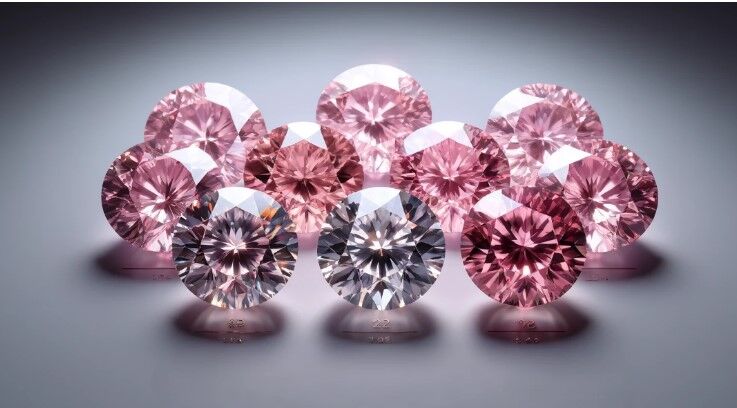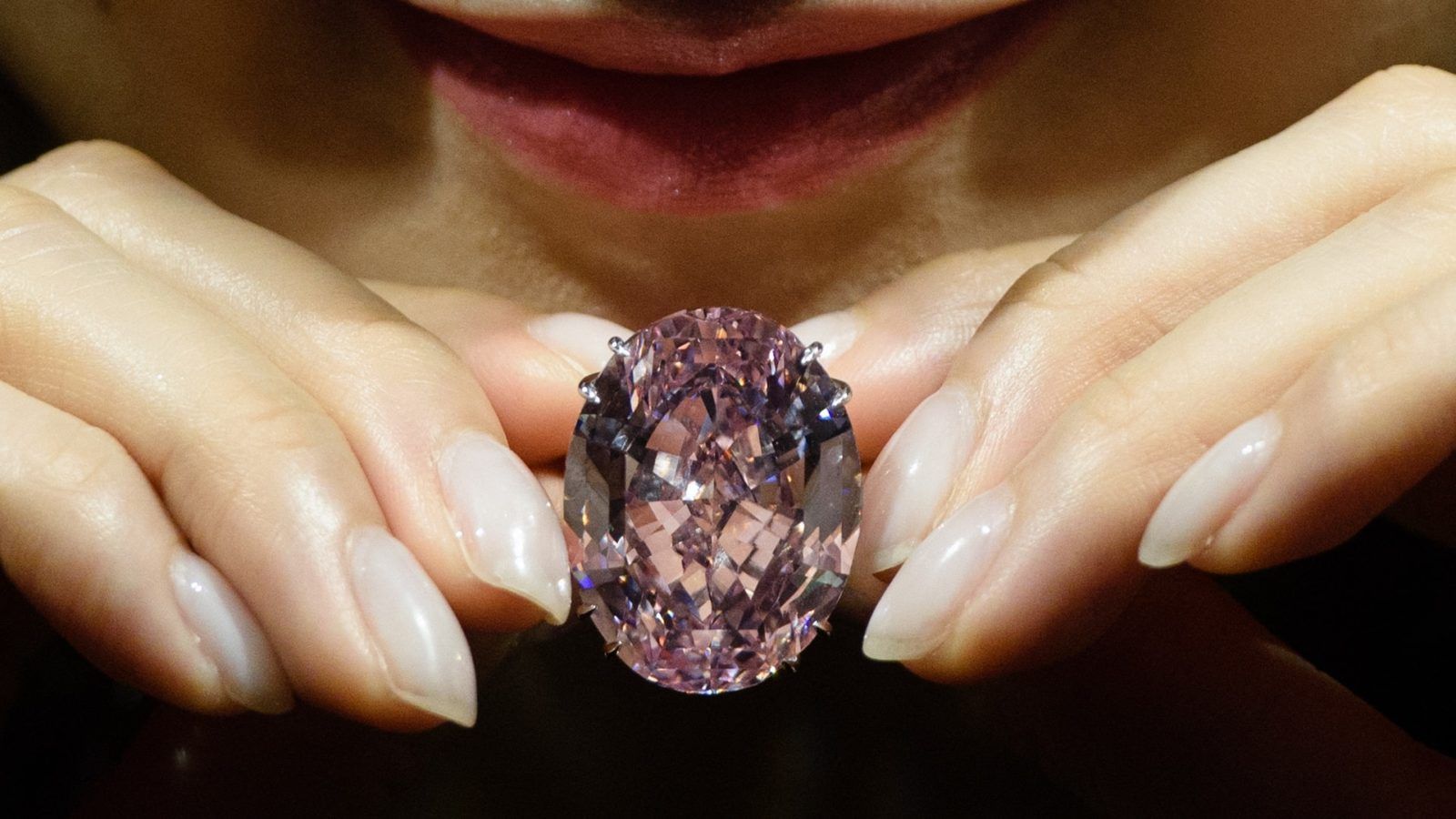
Introduction to Lab Grown Diamonds
What Are Lab Grown Diamonds?
Lab grown diamonds, also known as synthetic or cultured diamonds, are dazzling gems created in controlled environments. Unlike natural diamonds, which form over millions of years under high pressure and temperature, lab grown diamonds are engineered to replicate these conditions, producing stones with identical physical and chemical properties.
History of Lab Grown Diamonds
The journey of lab grown diamonds began in the mid-20th century when scientists first developed the technology to create diamonds in a lab. Initial attempts were rudimentary lab grown diamonds are better, but advancements in the 1980s and 1990s led to the development of high-quality diamonds that are nearly indistinguishable from their natural counterparts. Today, lab grown diamonds are a thriving industry, reshaping our understanding of these sparkling gems.
The Science Behind Lab Grown Diamonds
How Lab Grown Diamonds Are Made
Lab grown diamonds are crafted using two primary methods: High Pressure High Temperature (HPHT) and Chemical Vapor Deposition (CVD). Each method mimics the natural diamond formation process, ensuring that the end product is a true diamond in every sense.
Types of Lab Grown Diamonds
High Pressure High Temperature
HPHT diamonds are created by mimicking the extreme conditions found deep within the Earth. Carbon is subjected to intense heat and pressure, which crystallizes into diamonds. This method often produces diamonds with a characteristic yellowish hue, although advances in technology are improving color quality.
Chemical Vapor Deposition
CVD diamonds are formed by depositing carbon atoms onto a substrate in a vacuum chamber. This process allows for greater control over the diamond’s color and clarity. CVD diamonds often exhibit exceptional purity and can be customized more easily than HPHT diamonds.
Comparing Lab Grown Diamonds with Natural Diamonds
Cost Efficiency
One of the most compelling reasons to choose lab grown diamonds is cost. Lab grown diamonds are typically 20-40% less expensive than natural diamonds of similar quality. This price difference makes them an attractive option for budget-conscious consumers without compromising on quality.
Environmental Impact
Mining vs. Lab Production
Natural diamond mining involves significant environmental disruption, including habitat destruction and soil erosion. In contrast, lab grown diamonds are produced with minimal environmental impact. The controlled environment of the lab ensures that the process is cleaner and less intrusive.
Sustainability
Lab grown diamonds contribute to a more sustainable jewelry industry. With fewer resources required for production and a lower carbon footprint, they offer a greener alternative to traditional diamond mining.
Quality and Purity
Lab grown diamonds often surpass natural diamonds in terms of purity and clarity. Because they are produced in a controlled environment, they are less likely to contain the inclusions or imperfections commonly found in natural diamonds. This means you can get a more beautiful stone for a fraction of the price.
Consumer Perceptions and Trends
As awareness of lab grown diamonds increases, more consumers are embracing them. Ethical concerns and the desire for transparency in the diamond industry are driving this shift. Lab grown diamonds are becoming increasingly popular among millennials and Gen Z, who prioritize sustainability and ethical sourcing.
Advantages of Lab Grown Diamonds
Ethical Considerations
Lab grown diamonds eliminate many of the ethical issues associated with natural diamonds, such as conflict diamonds and exploitative mining practices. They offer a guilt-free way to enjoy the beauty and luxury of diamonds without compromising on principles.
Customization and Variety
Design Flexibility
Lab grown diamonds provide unparalleled design flexibility. Jewelers can create unique and intricate designs that might be challenging with natural diamonds. Whether you’re looking for a specific cut, color, or setting, lab grown diamonds offer endless possibilities.
Lab grown diamonds are an innovative and increasingly popular alternative to traditional mined diamonds. Created in controlled environments using advanced technological processes, these diamonds are chemically, physically, and optically identical to their natural counterparts. The main methods used in their creation are High Pressure High Temperature (HPHT) and Chemical Vapor Deposition (CVD), both of which replicate the conditions under which natural diamonds form.
Availability of Colors and Sizes
From vivid pinks to deep blues, lab grown diamonds come in a variety of colors and sizes. This wide range allows for personalized and distinctive jewelry pieces, catering to individual preferences and styles.
The Future of Lab Grown Diamonds
Innovations on the Horizon
The technology behind lab grown diamonds is continuously evolving. Future innovations may lead to even more diverse and high-quality diamonds. Advances in lab techniques could also drive costs down further, making them accessible to a broader audience.
Market Predictions
As consumer demand for ethical and sustainable products grows, lab grown diamonds are expected to capture a larger share of the market. Industry analysts predict that lab grown diamonds will become increasingly mainstream, with significant advancements in technology and production methods driving this trend.
Conclusion
Lab grown diamonds represent a remarkable fusion of science and luxury. They offer a sustainable, ethical, and cost-effective alternative to natural diamonds while providing the same brilliance and beauty. As technology continues to advance and consumer preferences evolve, lab grown diamonds are poised to redefine the jewelry industry. Embracing lab grown diamonds is not just a choice for today but a commitment to a more ethical and sustainable future.





